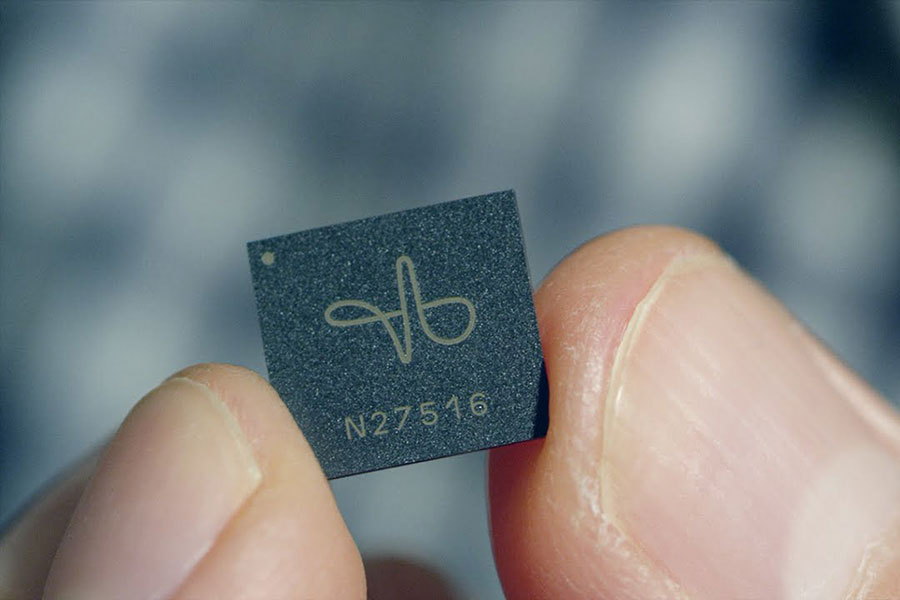
The Wonders Inside Google ATAP
Google ATAP (Advanced Technology and Projects) division has a few projects in progress at the moment that involve some intriguing concepts and technological solutions. Imagine controlling a device by using different hand and finger gestures, or answering a phone call by swiping your blazer wrist. Surreality is manifesting into reality and the visionaries at Google ATAP are paving the way.
PROJECT SOLI
Project Soli will revolutionise the consumer electronics industry if don’t perfectly. The founder of Project Soli, Ivan Poupyrev, the technology involves using radar frequency to track micro-motions and twitches of the human hand so that we can use them to interact with certain variables and devices. The project’s lead hardware engineer also mentions that the technology has very high positional accuracy; it can sense the tiniest motions.
The technology gives the opportunity to use micro-motions to mimic certain features such as a volume knob or slider, a button (pressing index and thumb together), a flat grid (by sliding your thumb your index’s side, e.g. for maps).
“It’s extremely reliable. It’s just a piece of sand on a board.”

Poupyrev continues to discuss that the project is to build a processing chip; to shrink the entire radar and put it in a tiny chip. He is also looking forward to releasing it to the development community and are motivated to do something cool with it.
PROJECT JACQUARD
This one is a bit more niche but could turn out to be a whole lot more useful that we could think. Project Jacquard involved combining textiles and technology to create a form of interactive, touch-sensitive textiles.
“An interface blended into the clothing that we wear.”

Ivan Poupyrev is also the founder of Project Jacquard, again dipping into mixing reality with computer interactivity. He states that it’s “the first step into integrating computers into objects, materials, and clothing.”
Nan-Wei Gong, the project’s R&D lead, mentions that the yarn is very thin and looks and feels like normal yarn, the only thing is that it’s conductive. They’re trying to shrink all the components down to a button that can be eventually embedded into the manufacturing process, so the users won’t even see it or feel it inside the garment.
In 2015, Levi’s became the first official partner of the Google ATAP Project Jacquard.
PROJECT ARA
Sure, you’d like more battery for your phone, especially during crucial moments. But you can already buy a bulky charger pack or phone case to make your phone twice as heavy. Project Ara was trying to solve this problem by offering the world’s first modular mobile phone, meaning it can be customised with different components — just like sliding an old game cartridge into its slot.
The project was reportedly “suspended” as of September 2016, which leaves sort of leaves its whereabouts up in the air, but what it could have offered the consumer electronics market was a range of awesome features, including cameras, speakers, medical devices, receipt printers, laser pointers, handheld projectors, night vision sensors, and game controller buttons.
Oh, how wonderful that could’ve been. Instead, we get Google Pixel, which isn’t exactly revolutionary, but still pretty darn cool!
